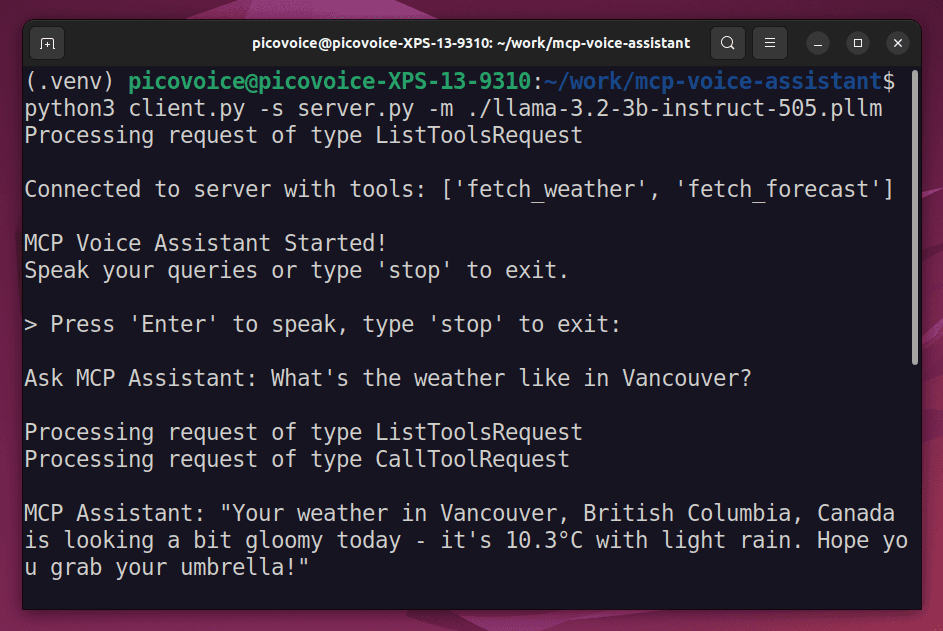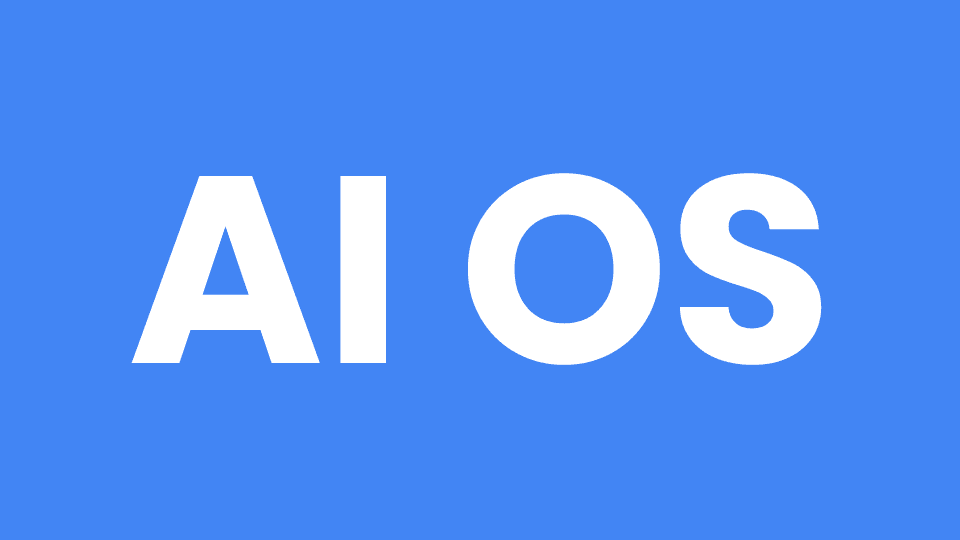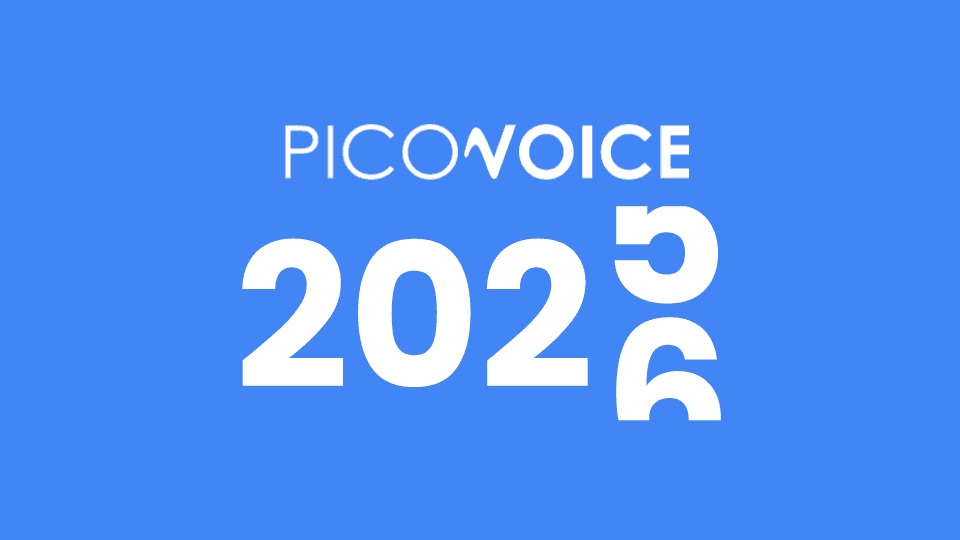In recent years, Edge Computing gained popularity as it offers data sovereignty, autonomy, better security, and better latency. Edge Computing is unlocking new use cases that require real-time data processing. Like the early days of cloud computing, enterprises are trying to understand Edge Computing and how they should adopt their IT strategy.
What’s Edge Computing?
Edge Computing refers to processing performed in remote locations at the network’s Edge. Edge Computing brings computation close to where data resides. It can be at the device generating the data or a local server. By eliminating the transfer of data to a central location, i.e. 3rd-party cloud, Edge Computing offers faster, private and more reliable services. It opens up new possibilities for the hybrid cloud.
Edge applications do not need to interact with the cloud, yet, they may still interact with servers and internet-based applications. For example, a smart thermostat does not need to process voice data in the cloud to increase the temperature by a few degrees. However, smart speakers need to interact with an internet-based application to check the weather after processing the voice data on edge. Enterprises can significantly reduce the transfer and storage of high volumes of data with Edge Computing, saving time and money while offering a better user experience.
What about On-Device Processing or Local Computing?
As processing happens at the Edge, without requiring constant connectivity, i.e. Locally On-Device. That is why Edge Computing, On-Device Processing and Local Computing refer to the same thing.
Some people confuse Edge Computing with IoT or embedded devices. However, not every IoT device processes data locally. For example, Alexa-enabled smart thermostats record voice commands and send them to Amazon’s cloud to process. Edge Computing enables IoT devices, just like the web, mobile or server applications.
Why Edge Computing?
Fast & Reliable: Bypassing the cloud allows applications to process data more quickly and reliably. Sending data to a cloud infrastructure several time zones away to get processed cannot be as fast as processing it on the spot. Data transmission outside the network is not possible in case of network outages or unstable internet connection. Hence, Edge Computing enables use cases such as smart factories and warehouses, real-time sales and support coaching, autonomous vehicles, or AR/VR.
Data Autonomy: Edge Computing offers granular control over data by limiting, if not eliminating, the dependence on the public cloud. It also ensures compliance with local data residency laws. Processing data in the public cloud may require moving data across borders. Thus, Edge Computing is especially popular among use cases dealing with trade secrets, e.g. production lines and personal data, e.g. healthcare and financial services.
Security: Edge Computing offers a security advantage over public cloud infrastructure. An IDC study shows that 98% of enterprises experienced at least one cloud data breach in the past 18 months.
Read more on cloud repatriation, the case for Edge Voice AI and cutting the cloud connectivity of voice AI.







